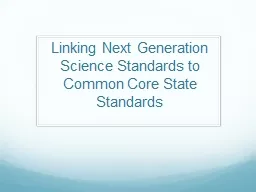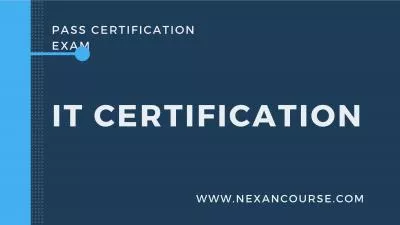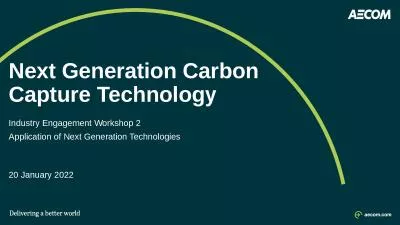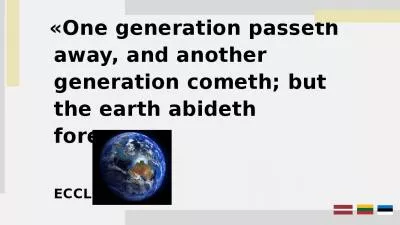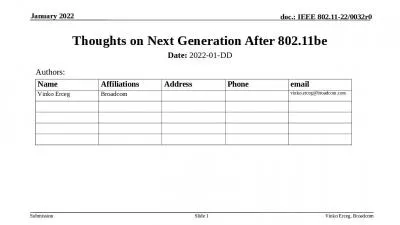PPT-Next Generation Science
Author : marina-yarberry | Published Date : 2017-11-06
Framework Standards and Assessment Fall 2013 Update Liz Buttner Science Education Consultant CT State Department of Education Elizabethbuttnerctgov 1142013 1 NRC
Presentation Embed Code
Download Presentation
Download Presentation The PPT/PDF document "Next Generation Science" is the property of its rightful owner. Permission is granted to download and print the materials on this website for personal, non-commercial use only, and to display it on your personal computer provided you do not modify the materials and that you retain all copyright notices contained in the materials. By downloading content from our website, you accept the terms of this agreement.
Next Generation Science: Transcript
Download Rules Of Document
"Next Generation Science"The content belongs to its owner. You may download and print it for personal use, without modification, and keep all copyright notices. By downloading, you agree to these terms.
Related Documents

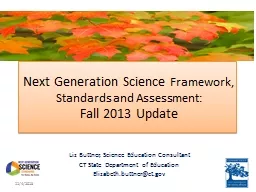
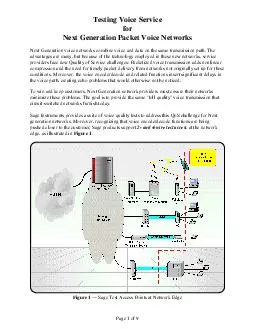
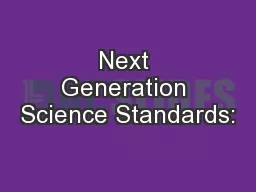
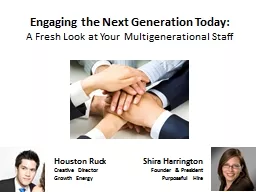
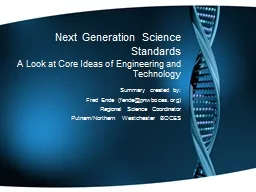
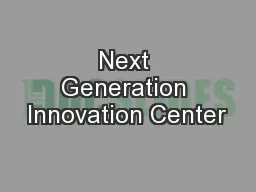
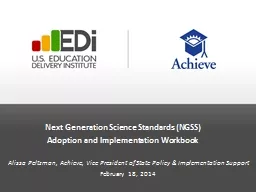

![[READ] - Next-Generation ACCUPLACER Secrets Study Guide: ACCUPLACER Practice Test Questions](https://thumbs.docslides.com/902844/read-next-generation-accuplacer-secrets-study-guide-accuplacer-practice-test-questions-and-exam-review-for-the-next-generation.jpg)
